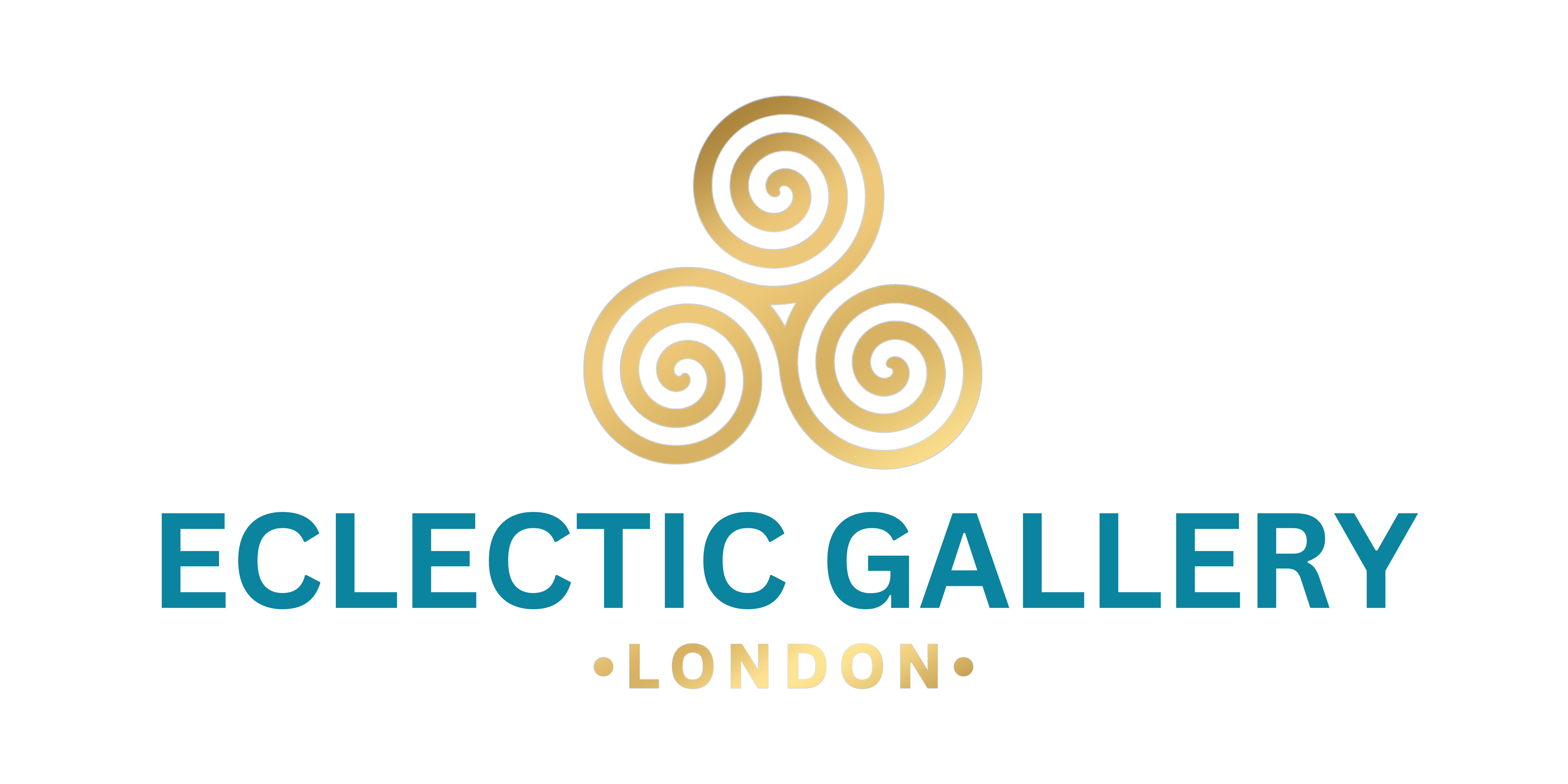Artificial Intelligence (AI) has rapidly integrated into various aspects of our lives, including the creative realm, ushering in a new era of innovation and exploration in the visual arts. Its application in art is multifaceted, offering artists new tools and techniques to explore their creativity and produce captivating works. From generating digital art to assisting in the creation process, AI is revolutionizing the way we perceive and interact with art.
In the creative arts, AI is being used in diverse ways, including generating digital artworks, analysing trends in art history, and even creating music and literature. Through machine learning algorithms, AI systems can analyse vast amounts of data, identify patterns, and generate original pieces of art based on learned aesthetics and styles. This opens up endless possibilities for artists to experiment with new forms of expression and push the boundaries of traditional art practices.
The creative potential of AI in the visual arts is vast and continually evolving. By leveraging algorithms that mimic human creativity, AI can produce artworks that blur the lines between human-made and machine-generated art. This fusion of human ingenuity with AI capabilities results in unique and thought-provoking pieces that challenge our perceptions of creativity and authorship.
One of the primary types of AI used in AI art is generative adversarial networks (GANs), which pit two neural networks against each other to generate new content. These networks learn from a dataset of existing artworks and then create new pieces that emulate the style and characteristics of the input data. This process allows for the creation of highly realistic and visually striking artworks that can captivate audiences worldwide.
While some artists embrace AI as a tool for enhancing their creative process, others view it with scepticism, raising questions about authenticity, originality, and the role of the artist in the creative process. However, AI-generated art has undeniably made an impact in the art world, sparking discussions about the nature of creativity and the future of artistic expression.
The influence of AI on art extends beyond the creation process, shaping how we perceive and interact with artworks. AI algorithms can analyse art history data to identify trends and patterns, providing valuable insights for art historians, collectors, and enthusiasts. Additionally, AI-powered tools can personalize the art-viewing experience, allowing users to explore artworks based on their preferences and interests.
Despite the advancements in AI-generated art, the debate over its creativity and authenticity continues. While AI can produce artworks that mimic human creativity, some argue that true artistic expression requires human emotion, intentionality, and subjective experience. Nevertheless, AI art has become an integral part of the contemporary art scene, pushing the boundaries of what is possible and inspiring new forms of artistic expression.
In conclusion, Artificial Intelligence is revolutionizing the visual arts, offering new avenues for creativity, exploration, and innovation. Whether viewed as a tool for enhancing human creativity or as a separate form of artistic expression, AI art has undeniably made its mark on the art world, sparking conversations about the nature of creativity, authorship, and the future of art in the digital age. As technology continues to evolve, so too will the role of AI in shaping the artistic landscape, paving the way for exciting new possibilities in the world of art and beyond.

